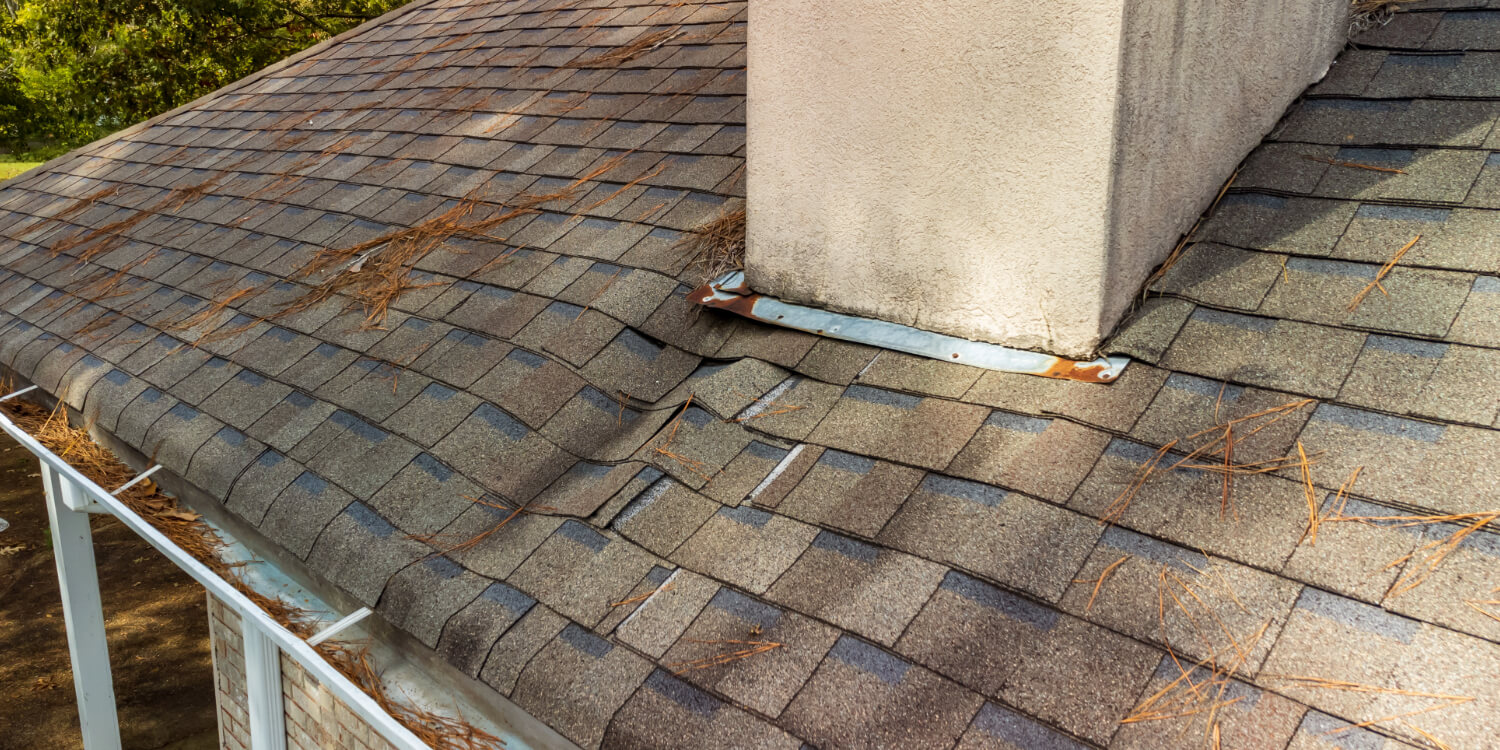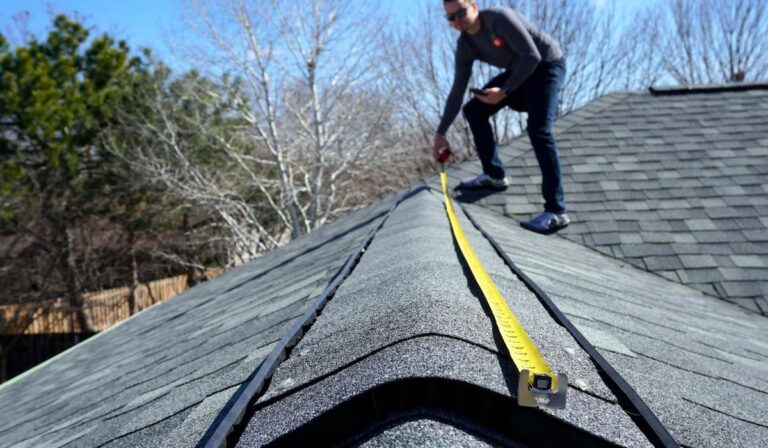A small roof leak can escalate into significant damage if not promptly addressed. Early detection and repair are crucial to maintaining the integrity of your home. This guide outlines how to identify minor roof leaks and provides steps for addressing them.
Identifying Minor Roof Leaks
- Interior Signs:
- Water Stains: Look for discoloration on ceilings or walls, often brownish in hue.
- Mold or Mildew: The presence of mold, especially in the attic, can indicate moisture intrusion.
- Peeling Paint or Wallpaper: Excess moisture can cause interior finishes to deteriorate.
- Water Stains: Look for discoloration on ceilings or walls, often brownish in hue.
- Exterior Signs:
- Damaged Shingles: Cracked, curled, or missing shingles can allow water penetration.
- Compromised Flashing: Inspect areas around chimneys, vents, and skylights for damaged or loose flashing.
- Clogged Gutters: Debris-filled gutters can cause water to back up onto the roof.
- Damaged Shingles: Cracked, curled, or missing shingles can allow water penetration.
Locating the Leak Source
Tracing the exact source of a leak can be challenging, as water may travel from the entry point before becoming visible inside. If you have attic access, inspect the underside of the roof during daylight for signs of water trails or light penetration. Without attic access, a careful examination of the roof’s exterior, focusing on common problem areas, is necessary.
Fixing Minor Roof Leaks
Safety Precaution: Always prioritize safety. If you’re uncomfortable working at heights or the roof is steep, consider hiring a professional.
- Shingle Replacement:
- Remove the damaged shingle by lifting the edges and extracting the nails.
- Slide a new shingle into place, align it with adjacent shingles, and secure it with roofing nails.
- Seal nail heads with roofing cement to prevent water intrusion.
- Remove the damaged shingle by lifting the edges and extracting the nails.
- Flashing Repair:
- For minor gaps, apply roofing cement beneath the flashing and press it firmly into place.
- Replace severely damaged flashing by removing surrounding materials, installing new flashing, and restoring the original components.
- For minor gaps, apply roofing cement beneath the flashing and press it firmly into place.
- Gutter Maintenance:
- Clean gutters and downspouts regularly to ensure proper water flow.
- Repair any leaks in the gutter system using gutter sealant.
- Clean gutters and downspouts regularly to ensure proper water flow.
When to Seek Professional Help
While minor repairs can be managed independently, certain situations warrant professional intervention:
- Extensive Damage: Large or multiple leaks may indicate widespread issues.
- Structural Concerns: Sagging or significant water damage can compromise structural integrity.
- Safety Risks: Steep roofs or complex repairs pose increased safety hazards.
Addressing minor roof leaks promptly can prevent costly repairs and maintain your home’s structural health. Regular inspections and maintenance are key to early detection and resolution.






